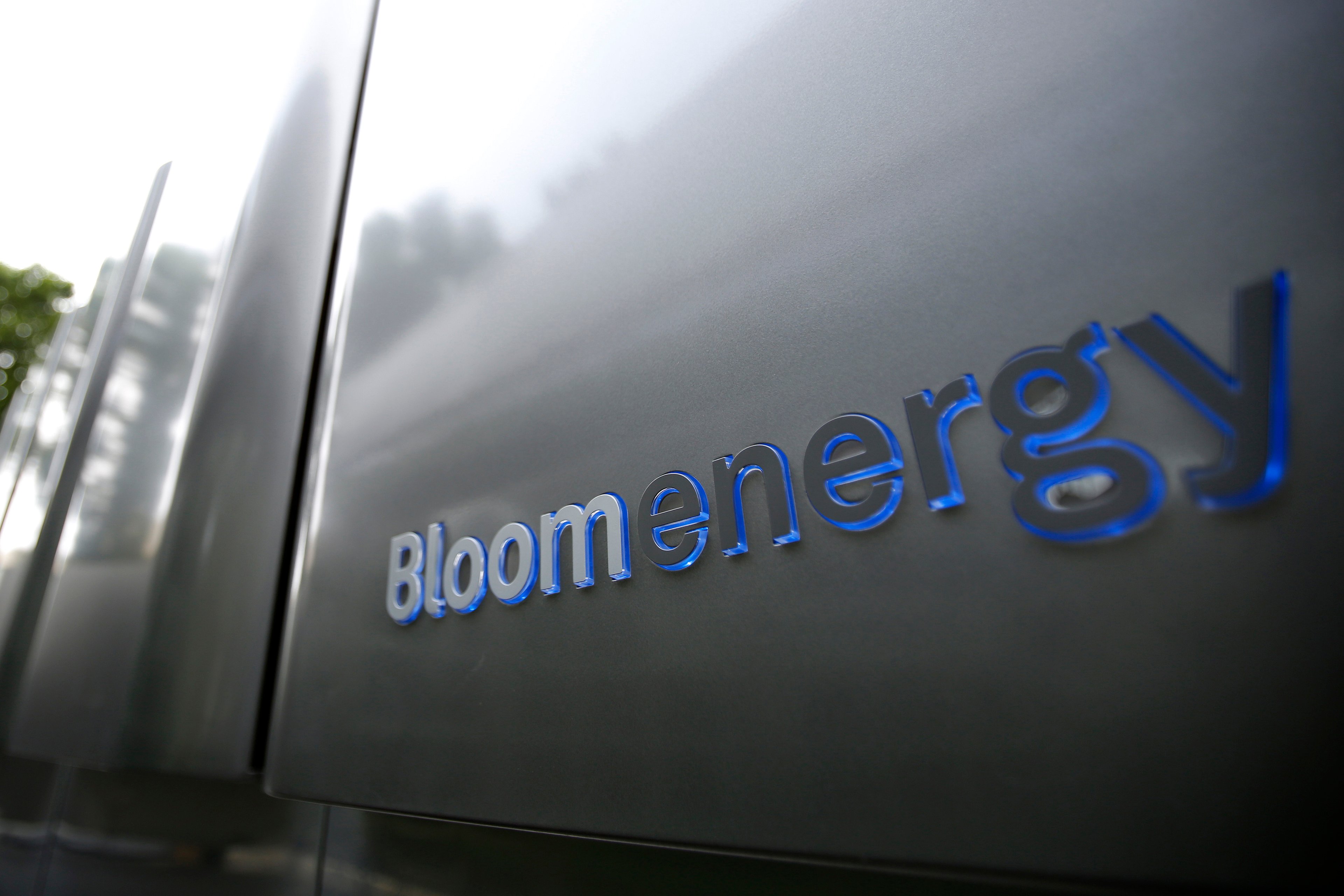When a company is a privately held start-up, it can ride the wave of hype and perception. But life on the public market is usually a little less forgiving. Eventually, investors demand results over storytelling.
Bloom Energy (BE +4.80%) has learned that lesson the hard way. Shares performed well shortly after the initial public offering (IPO) in 2018, but they've declined 89% in the last year as investors question the sustainability of the business. The fuel cell pioneer needs to start delivering results and dial back the storytelling, but there's one recent storyline that investors might be drawn to: fuel cell-powered cargo ships.
A new collaboration with Samsung Heavy Industries, one of the world's largest shipbuilders, provides an intriguing opportunity for Bloom Energy. How important is it to the business?

Image source: Getty Images.
Wall Street has soured on this clean energy business
Bloom Energy develops and sells stationary solid oxide fuel cells (SOFC), called Bloom Energy Servers, capable of running on natural gas, renewable methane captured from landfills, and hydrogen. Commercial and industrial customers rely on the company's SOFCs to provide on-site, always-on power for corporate campuses, data centers, and other types of energy-hungry buildings.
Depending on geographic location and the availability of subsidies, a Bloom Energy Server can generate electricity at competitive prices to those from the regional grid. The products generate slightly less carbon emissions than new, efficient combined-cycle natural gas-fired power plants.
Despite the potential benefits of the technology, Bloom Energy hasn't been able to effectively monetize its portfolio. One issue causing anxiety among shareholders: the states where a significant number of the company's customers reside -- California and New York -- have begun rolling out ambitious zero-carbon energy road maps and standards. For instance, starting in 2020, Bloom Energy Servers will only qualify for subsidies in California if they operate on 100% renewable biogas.
|
Metric |
First-Half 2019 |
First-Half 2018 |
Change |
|---|---|---|---|
|
Revenue |
$434.5 million |
$338.2 million |
28% |
|
Gross profit |
$57.4 million |
$76.4 million |
(25%) |
|
Operating expenses |
$180.2 million |
$76.0 million |
137% |
|
Operating income |
($122.7 million) |
$0.4 million |
N/A |
|
Cash from operations |
$115.2 million |
($18.6 million) |
N/A |
Data source: SEC filing.
Operating expenses ballooned and operating cash flow soared in the year-over-year comparison because of stock-based compensation, which totaled $115 million in the first six months of 2019. It wasn't a significant line item in the year-ago period, which took place before the IPO. While many companies adjust earnings to exclude stock options (operating cash flow also excludes the charge), compensation is an expense, and the stock dilution means most shareholders will end up owning less of the business.
Simply put, the current business model is threatened by the potential phaseout of important subsidies and isn't generating enough income to pay for operations. Could seafaring Bloom Energy Servers change that?

Image source: Getty Images.
Will clean shipping lead to profitable operations?
The collaboration with Samsung Heavy Industries is intriguing for multiple reasons. For one, Samsung Heavy Industries is one of the largest shipbuilders in the world. It has made a strong commitment to all things natural gas, from building liquefied natural gas (LNG) tankers to developing the S-Fugas System, which could allow cargo ships to be powered by natural gas.
For another, maritime shipping faces an uphill battle in its efforts to decarbonize. Responsible for an estimated 2% to 3% of total global carbon emissions, cargo ships require enormous amounts of energy and typically operate on dirty petroleum-based fuels. The biggest environmental gains for the industry are likely to come from focusing on efficiency and shifting to cleaner fuels, such as LNG and, potentially, hydrogen.
On paper at least, maritime shipping could be a solid application of Bloom Energy's technology platform:
- Cleaner than the status quo: Fuel cell-powered cargo ships could achieve a 45% reduction in greenhouse gas emissions compared to those powered by petroleum-based fuels. That's a much larger relative reduction in emissions than the stationary fuel cells provide land-based customers using it for electricity.
- Space-saving features: Bloom Energy Servers could be placed in multiple locations on a ship, thereby creating a more optimal use of limited space.
- Futureproof ships: Samsung Heavy Industries could build ships capable of running on LNG today and, if the fuel takes off, hydrogen tomorrow. That could save retrofitting costs down the road for fleet owners.
There are some problems, too. For instance, it will be more difficult and more expensive for Bloom Energy to service fuel cells located on a cargo ship. The business only breaks even on service revenue today.
Of course, the biggest consideration is that the opportunity in shipping largely exists on paper. Investors don't have many details on the economics of the collaboration with Samsung Heavy Industries, the potential market opportunity, or when the business will begin to receive substantial contributions from the collaboration. Knowing that, this isn't a game changer for the stock or company right now, but it's a storyline actually worth keeping an eye on.






